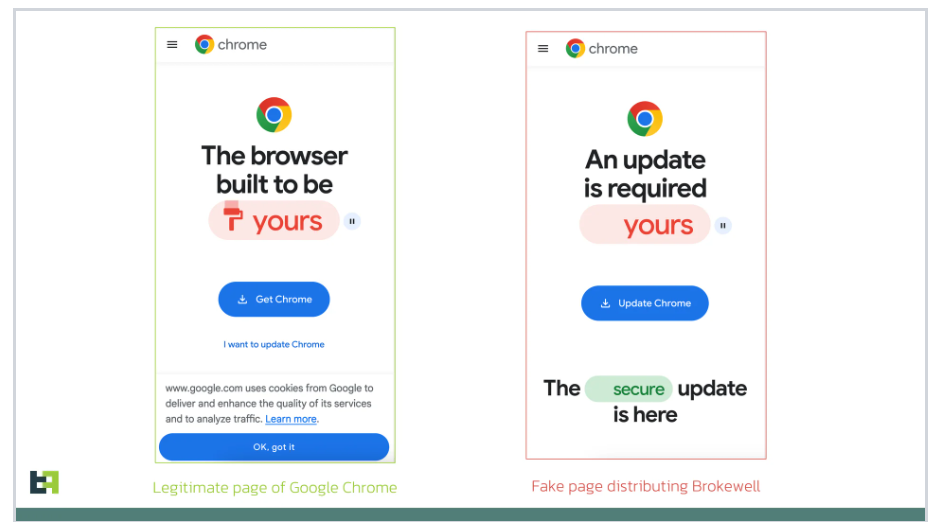
What’s the difference between identity fraud and identity theft? Well, it’s subtle, so much so that it’s easy to use them nearly interchangeably. While both can take a bite out of your wallet, they are different—and knowing the differences can help you understand what’s at stake.
Let’s start with an overview and a few examples of each.
Identity fraud is …
- When someone steals or misuses your personal information to exploit an account or accounts you already have.
- Examples:
- A criminal gets a hold of your debit card information from a data breach and makes purchases with it against your bank account.
- A criminal gains access to one of your accounts via a phishing attack and misuses the funds or otherwise misuses the access associated with that account.
Identity theft is …
- When someone uses your personal information to open and abuse new accounts or services in your name—or possibly to impersonate you in other ways.
- Examples:
- A criminal uses your personal information to open a new line of credit at a retailer under your name and then makes purchases against the line of credit.
- A criminal uses your Social Security Number to create a driver’s license with their likeness but your name and personal information.
So there’s that subtle difference we mentioned. Identity fraud involves the misuse of an existing account. Identity theft means the theft of your personal information, which is then used to impersonate you in some way, such as opening new accounts in your name.
Above and beyond those definitions and examples, a couple of real-life examples put the differences in perspective as well.
Identity fraud in the news
As for identity fraud, individual cases of fraud don’t always make the headlines, but that’s not to say you won’t hear about it in a couple of different ways.
The first way may be news stories about data breaches, where hackers gain things like names, emails, and payment information from companies or organizations. That info can then end up in the hands of a fraudster, who then accesses those accounts to drain funds or make purchases.
On a smaller scale, you may know someone who has had to get a new credit or debit card because theirs was compromised, perhaps by a breach or by mistakenly making a payment through an insecure website or by visiting a phony login page as part of a phishing attack. These can lead to fraud as well.
Spotting identity fraud and theft (and preventing it too)
It usually starts with someone saying anything from, “That’s strange …” to “Oh, no!” There’ll be a strange charge on your credit card bill, a piece of mail from a bill collector, or a statement from an account you never opened—just to name a few things.
With that, I have a few recent blogs that help you spot all kinds of identity crime, along with advice to help keep it from happening to you in the first place:
- Top Signs of Identity Theft
- How to Report Identity Theft to Social Security
- Can Thieves Steal Identities with Only a Name and Address?
- Quizzes and Other Identity Theft Schemes to Avoid on Social Media
Keep a sharp eye out
While there are differences between identity fraud and identity theft, they do share a couple of things in common: you can take steps to prevent them, and you can take steps to limit their impact should you find yourself faced with one or the other.
The articles called out above will give you the details, yet staying safe begins with vigilance. Check on your accounts and credit reports regularly and really scrutinize what’s happening in them. Consider covering yourself with an —and act on anything that looks strange or outright fishy by reporting it to the company or institution in question.
The post What’s the Difference Between Identity Fraud and Identity Theft? appeared first on McAfee Blog.




